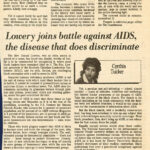Diagnosis and Treatment
“At the time, the Gay Center was doing anonymous HIV testing. You went in, and you gave blood, and they gave you a code, and then you went back two weeks later for your test results. I go back in and sure enough, I’m HIV positive. I think it was sort of a relief knowing that. There was a moment of, “Oh my God,” but also, “OK, now I know.” They offered some gay-friendly doctors in town, and they talked a little bit about what it meant.”
David Garner, May 6, 2019
“In the beginning, you would go into a hospital, and the medical staff would be in hazmat suits. The person would be isolated, and nobody would want to come into their room. Of course, they were in awful shape, because there was no treatment. It was terrible. There was a big wave of dying — it seemed like the dying would come in waves. It’s interesting that there was an international AIDS conference that would happen. We would all be waiting with — they’re going to have a breakthrough. They’re going to find out something this year. There will be an announcement. And then when there wasn’t, a bunch of people would die. That just happened almost on an annual basis, until the protease inhibitors were discovered.”
Franklin Abbott, September 30, 2011
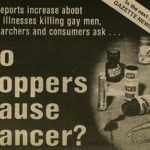
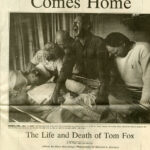
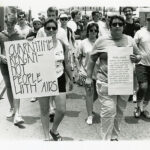
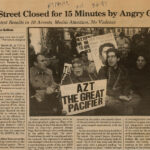

Women and Children
In January 1983, the CDC reported incidences of AIDS among female partners of infected men. Within six months there were reports of children with the disease. It was assumed that children acquired the disease from infected mothers. By 1985, teenager Ryan White was diagnosed with AIDS caused by contaminated blood products used to treat his haemophilia. White was banned from his school in Kokomo, Indiana.
“The thing that led me to the path to get tested was an in-service educational session at work, where a nurse came around and was telling us about HIV. I remember saying out loud, “Oh, wow! That sounds like what my husband’s going thorough,” but still not really believeing it. You know, we’re married and stuff. I learned later that he had behaviors that put him at risk. Of course he lied to me for a couple of years, but then he became honest and told me that he had sex with other men. I sure wish he’d told me up front. But he didn’t.”
Ariane Reeves, September 30, 2019
“The first bit on information I got was that women don’t live longer than ten years. That was 1987. I was the eighth woman to test positive in the state of Georgia. Women weren’t being tested, so they didn’t really know what women were going to do. At the time, there was no AZT. They couldn’t put me on anything. AZT was in clinical trials for gay men. There wasn’t anything for me.”
Susan Cornutt, October 2, 2019

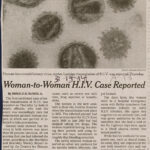
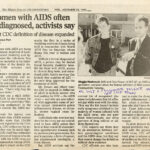
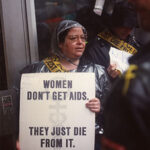
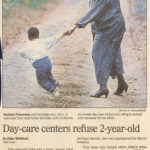
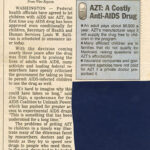
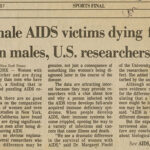
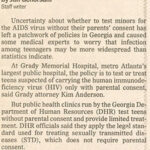
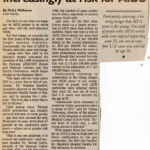

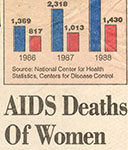
African Americans
Black gay men were and still are disproportionately affected by HIV/AIDS. Poverty and systemic racism in education and healthcare mean that young people don’t receive adequate sex education or access to health care providers and testing. This is compounded by homophobia and stigmatization within the black community.
“In this city, there’s a large population of black gay men who are infected. It is still an issue here and it’s still a taboo. There still are things that people don’t wnat to talk about. Many of our people have lived quieted, closeted lives. When they live in the closet they suffer in silence, because they are afraid to be seen going into a public clinic. You didn’t have any place of refuge to go and seek asylum when you might have gotten sick. Those types of messages weren’t being delivered from the pulpit.”
Rickie Smith, March 10, 2017



